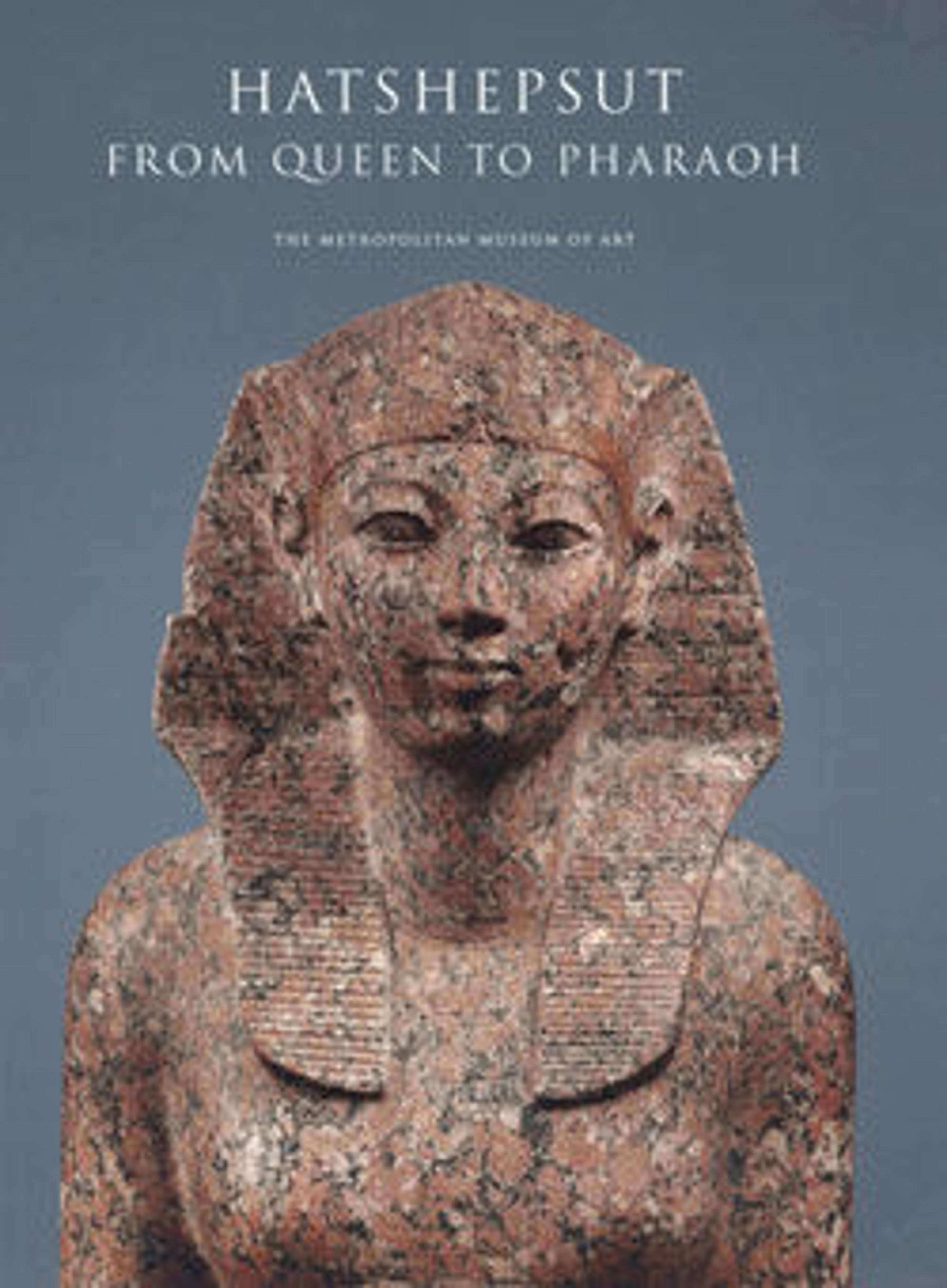Heart Scarab of Manhata
The Egyptians regarded the heart as the seat of the spirit, and it was not removed from the body during mummification. Among the spells popularly known as the Book of the Dead, one (30B) calls upon the heart not to bear witness against the deceased during judgment in the afterlife. This spell was usually inscribed on a large scarab made of green stone that was placed on the mummy's chest. Instead of a scarab, Queen Manhata was given a heart-shaped amulet. The ends of the gold wire that held the amulet in place are shaped like birds' heads.
For other objects belonging to this queen, see 18.8.1a, b; 18.8.22a, b.
For other objects belonging to this queen, see 18.8.1a, b; 18.8.22a, b.
Artwork Details
- Title:Heart Scarab of Manhata
- Period:New Kingdom
- Dynasty:Dynasty 18
- Reign:reign of Thutmose III
- Date:ca. 1479–1425 B.C.
- Geography:From Egypt, Upper Egypt, Thebes, Wadi Gabbanat el-Qurud, Wadi D, Tomb of the Three Foreign Wives of Thutmose III
- Medium:Gold, green schist
- Dimensions:L. 5.6 cm (2 3/16 in); W. 3.8 cm (1 1/2 in); Th. 1.9 cm (3/4 in); L. wire and scarab 32.6 cm (12 13/16 in)
- Credit Line:Fletcher Fund, 1919
- Object Number:26.8.144
- Curatorial Department: Egyptian Art
More Artwork
Research Resources
The Met provides unparalleled resources for research and welcomes an international community of students and scholars. The Met's Open Access API is where creators and researchers can connect to the The Met collection. Open Access data and public domain images are available for unrestricted commercial and noncommercial use without permission or fee.
To request images under copyright and other restrictions, please use this Image Request form.
Feedback
We continue to research and examine historical and cultural context for objects in The Met collection. If you have comments or questions about this object record, please contact us using the form below. The Museum looks forward to receiving your comments.
